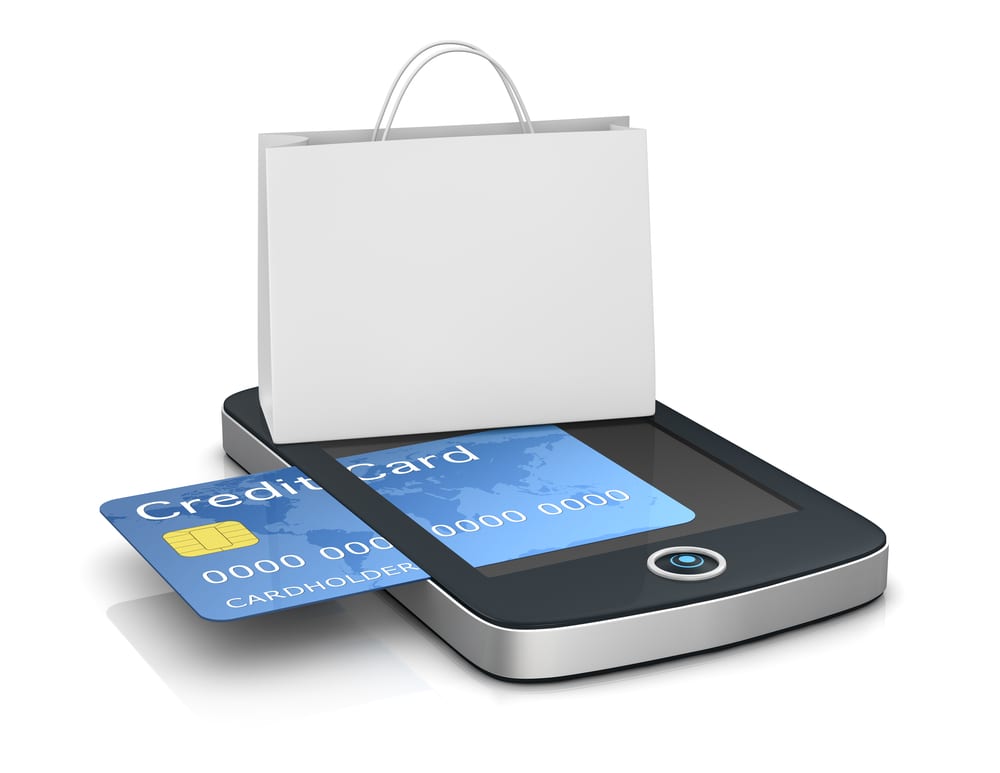As the end of another year approaches, many small business owners will sit down and review their 2012 efforts.
For some, the year will have brought more revenue, less hassles and most importantly, more customers. Others, however, will lament that they should or could have done more to make it a successful one.
Whichever group you fall into, the coming New Year offers up opportunities to expand on your efforts and results over the last 12 months.
One area that you should surely review is did you offer your customers the best options possible for shopping with you? Among the items to check include speed and ease with which customers could buy from you.
Why Mobile Payments?
If your small business has not been offering mobile payments up to now, is 2013 the time for you to become more mobile?
Research firm Gartner points out that the potential is there for mobile payments to hit approximately $617 billion in sales by 2016. In this year alone, mobile payments were projected to top $171.5 billion.
With such huge numbers being amassed, is your lack of mobility preventing your company from taking its piece of the mobile pie? This question is especially relevant given the fact that many customers tend to buy on impulse; offering mobile payments makes it easier and quicker for them to shop on the spur of the moment.
In the event you feel like becoming more mobile, keep the following in mind:
# 1. Invest the search time
Finding the right mobile payments provider is critical so that you are not hit with excessive fees (see more below regarding costs) and bad customer service. Shop around and examine the customer service track record and financial stability of each provider, seeing who best fits your needs. Google the name of each provider and see if they have a backlog of customer complaints, along with running their name past the Better Business Bureau.
# 2. Costs
While you stand to gain long term from offering your customers mobile payments, you do not in the short term want to compile large expenses. Check with each provider regarding monthly fees (charges can accrue for not meeting a monthly minimum for transactions), as some will also charge for the card-scanning hardware. Lastly, look into what you may face with percent-of-sale and per-transaction costs. If too many fees begin to add up, you have to question if that specific provider is worth it or not.
# 3. Provider options
Which features you get from a provider matter too, so look to see how the various items could impact your business. Do you want print out receipts for your customers or will you immediately email them the data? Do you want real-time tracking sales and on the spot crediting for your account. How about things such as a free app and reader, along with linking your transactions to the software used to manage your business? With a variety of features, finding the provider who offers the best ones for you.
# 4. Security matters
Finally, offering customers mobile payments means nothing if they are not secure. If the system in place for your company’s mobile payments is not secure, customer data could be exposed, meaning you may lose business because customers don’t have faith in you. You need a provider that can maintain data security, be it in the form of encrypting card details right when it is scanned to those who utilize a PIN-number security process to protect credit card transmissions.
If one of your goals is to be more mobile in 2013, make it pay off for you and your small business.
Did you like this article? Sign up for our RSS, join us on Facebook, on Twitter and on Google+ to get the latest Tweak Your Biz articles and updates.
Images: ”one mobile computer device with a shopping bag / Shutterstock.com“


